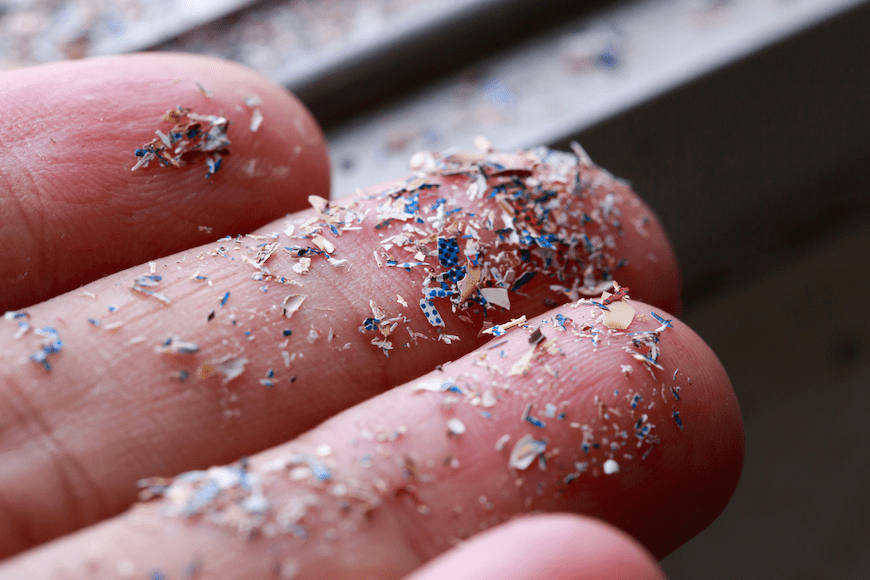Cases of Parkinson’s disease (PD) have more than doubled in the past 30 years. Absent change, they will double again by 2040. The disease has numerous genetic risk factors, but the vast majority of individuals diagnosed with Parkinson’s don’t carry any of these mutations.
So, what’s going on?
Trichloroethylene (TCE), a chemical found in dry cleaning, paint, and many household cleaners may be driving the steep rise in Parkinson’s, claim an international group of scientists led by University of Rochester. They see it as an “invisible force” associated with a 500 percent increased risk of this progressive and debilitating neurological condition.
The Best Exercise for Parkinson’s
Parkinson’s Incidence In the U.S. Nearly 50% Higher than Previous Estimates
Recognition of OFF Episodes of Parkinson Disease
TCE is a colorless liquid used extensively in industrial processes and a multitude of everyday household products. It’s been banned in Europe, but is still legal in 48 US states. Only New York and Minnesota have outright prohibited its use, but the federal government has not despite findings by the Environmental Protection Agency (EPA) as recently as 2022 that the chemical poses “an unreasonable risk to human health.”
Patient Stories
In their Journal of Parkinson’s Disease hypothesis paper, the researchers profiled seven individuals who developed PD from either a suspected job-related contact or an environmental source. Their evidence is circumstantial, they admitted, because some of the alleged TCE encounters took place decades before the onset of symptoms.
Many of the patient stories highlight the risks of TCE for military personnel and their families.
- A pro basketball player who was diagnosed with Parkinson’s at age 36. As a small child, he likely drank contaminated groundwater at Camp Lejeune, where his father was stationed as a Marine.
- An Army captain was diagnosed 30 years after living at the same base.
- A former engineer’s diagnosis was traced to multiple exposures, including his work for NASA where he cleaned electronics and was “swimming” in TCE, the investigators said.
“From the 1950s to the 1980s, a million Marines, their families, and civilians that worked or resided at the base were exposed to drinking water levels of TCE and perchloroethylene (PCE), a close chemical cousin, that was up to 280 times above what [are] considered safe levels,” the study authors stated.
People and Places At Risk
Dozens of other professions–including mechanics, sewage workers, and painters–are also at high risk for TCE exposure, the researchers warned. Occupational use of pesticides, for example, was associated with an almost 80 percent greater risk of parkinsonism in a recent JAMA Neurology study.
In 2020, the US cities that released the most TCE into the air include:
- Piney Flats, Tennessee
- Wichita, Kansas
- Huntsville, Alabama
It’s also been identified at high levels in half of the 1300 most toxic “Superfund” sites that are part of a federal clean-up program, including 15 in California’s Silicon Valley where TCE was used to sanitize electronics, the investigators said.
TCE was first synthesized in the early 20th century. Concerns about its potential harm began to emerge almost immediately, when reports surfaced of people developing neurological symptoms after working with the chemical. Since then, numerous studies have established its negative health effects including cancer, immune system disorders, and other neurological disorders besides Parkinson’s.
Circumstantial Blame
The evidence suggests that TCE damages brain cells that produce the neurotransmitter dopamine, which is responsible for muscle function and movement. It has also been shown to increase oxidative stress which leads to inflammation in the brain. And additionally, it may increase the formation of alpha-synuclein aggregates in the brain, a protein found in high levels in the gray matter of individuals with Parkinson’s.
But there have been challenges with pinning the blame for Parkinson’s on TCE, the researchers said. The lag time between exposure and first symptoms can be up to 40 years. Many people don’t know, or don’t recall, how they may have come into contact with it.
That doesn’t make the threat any less urgent, the researchers cautioned. They call for, among other measures, a complete ban on the substance as well as more concerted efforts to clean up and contain contaminated sites.
“For more than a century, TCE has threatened workers, polluted the air we breathe—outside and inside—and contaminated the water we drink. Global use is waxing, not waning. Most of this has been invisible, all of it is unacceptable, and none of it will stop until we act,” the researchers wrote.



